There are two methods for cooking scrambled eggs – low and slow or hot and fast. Which method should you use? It mostly depends on your pan. If using a regular stainless steel pan, hot and fast keeps the eggs from sticking. If it’s non-stick, you can go either way. At To Taste, we like the hot and fast method since it works with any pan! Read on to learn our favorite way to make simple scrambled eggs!
Learn How to Make the Recipe
Must-Know Skills
Kids as young as 3 years old can help you make simple scrambled eggs! Check out the skill here:
Culinary Tips for How to Make the Best Scrambled Eggs
Season the eggs with salt and pepper before cooking for better flavor in each bite. You probably will need less salt if you do it this way!
Use a large enough pan to keep the eggs close to the heat. If you add too many eggs to pan that is too small, the heat will drop, and the eggs will stick! An 8” pan works well for 2 eggs; 10” for 4 eggs.
Preheat the pan while you are scrambling the eggs. It needs to be hot before you add the eggs or else they will stick!
Test the pan’s heat with a splash of water. It should evaporate immediately or turn into little balls and roll around – something known as the Leidenfrost effect.
Once hot, add enough oil to coat the bottom of the pan. Once the oil is shimmering and easily coats the bottom of the pan, add the eggs.
As soon as almost all of the egg is set, turn off the heat. The eggs should still look slightly moist. The residual heat will finish cooking the eggs, and prevent overcooking.
If you want slightly fluffier eggs, use a non-stick pan and cook them low and slow.
Want scrambled eggs with cheese? Top your scrambled eggs with a sprinkling of your favorite cheese immediately after cooking for melty goodness.
Ingredient Substitutions
- Eggs: use white or brown – they have the same nutrition! Omega-3 enriched and free-range organic eggs are best if within your budget. Check out our ingredient guide for more information.
- Extra Virgin Olive Oil: substitute canola or avocado oil. Butter and coconut oil also work, but they don’t provide the same heart health benefits.
Recipe Variations
There are lots of fun toppings you can add to scrambled eggs – cheese, fresh herbs, salsa, sriracha – the list goes on and on! Add toppings to YOUR taste!
Equipment Recommendations
For guaranteed recipe success, use the following pieces of equipment:
Health Benefits of Eggs
There is a lot of confusion surrounding eggs. For a long time, it was recommended to limit eggs and other foods high in cholesterol, but more recent research shows that dietary cholesterol does not usually impact blood level cholesterol. (1, 2) Eggs do contain some saturated fat in the yolk, which does raise cholesterol levels, so be mindful of that. That said, this doesn’t mean you should just stick to egg whites. While the white is rich in protein, the yolk contains protein as well as disease-fighting phytochemicals, vitamins, minerals, and healthy fats. Eat the whole egg for best nutrition!
How to Serve Simple Scrambled Eggs
Pair scrambled eggs with a whole grain and fresh fruit for a well balanced breakfast (or lunch or dinner!). Pairing eggs with avocado toast – as featured in our Whole Life Meal Plan – is one of our favorite breakfasts.
You can also serve scrambled eggs with tortillas, salsa, beans, and avocado for a Mexican-inspired meal. Or enjoy a classic American breakfast with eggs, whole grain toast, and roasted russet potatoes.
Storage Tips
We don’t recommend storing scrambled eggs since they don’t reheat well. Enjoy them fresh from the pan! If you made more than you can eat, serve leftovers to your dog if you have one!
Want more simple breakfast recipes?
Try out these tried and true favorites!
Simple Scrambled Eggs
Ingredients
- 2 large eggs
- Dash salt
- Dash pepper
- ½ Tablespoon extra virgin olive oil
Instructions
- Preheat an 8” sauté pan over medium heat.
- While the pan is heating, whisk eggs well in a bowl. Add salt and pepper.
- Add oil to pan. Once the oil is shimmering, add eggs.
- Using a spatula, continuously fold eggs – working from the edge of the pan towards the center – until most of the liquid has solidified and eggs are still slightly moist and almost set. Turn off heat and allow residual heat to finish cooking the eggs.
- Transfer to a plate once done. Enjoy!
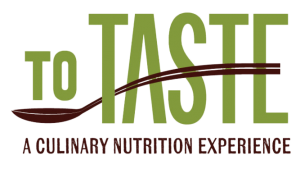

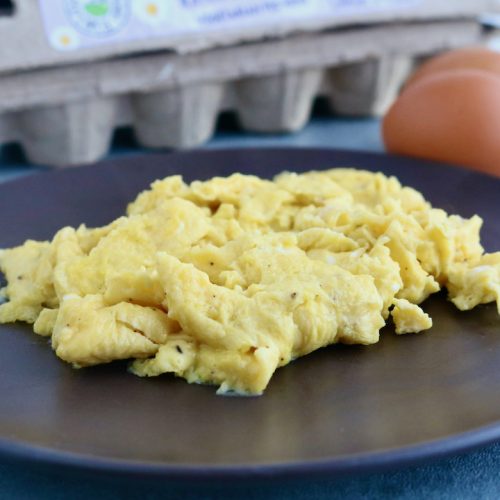

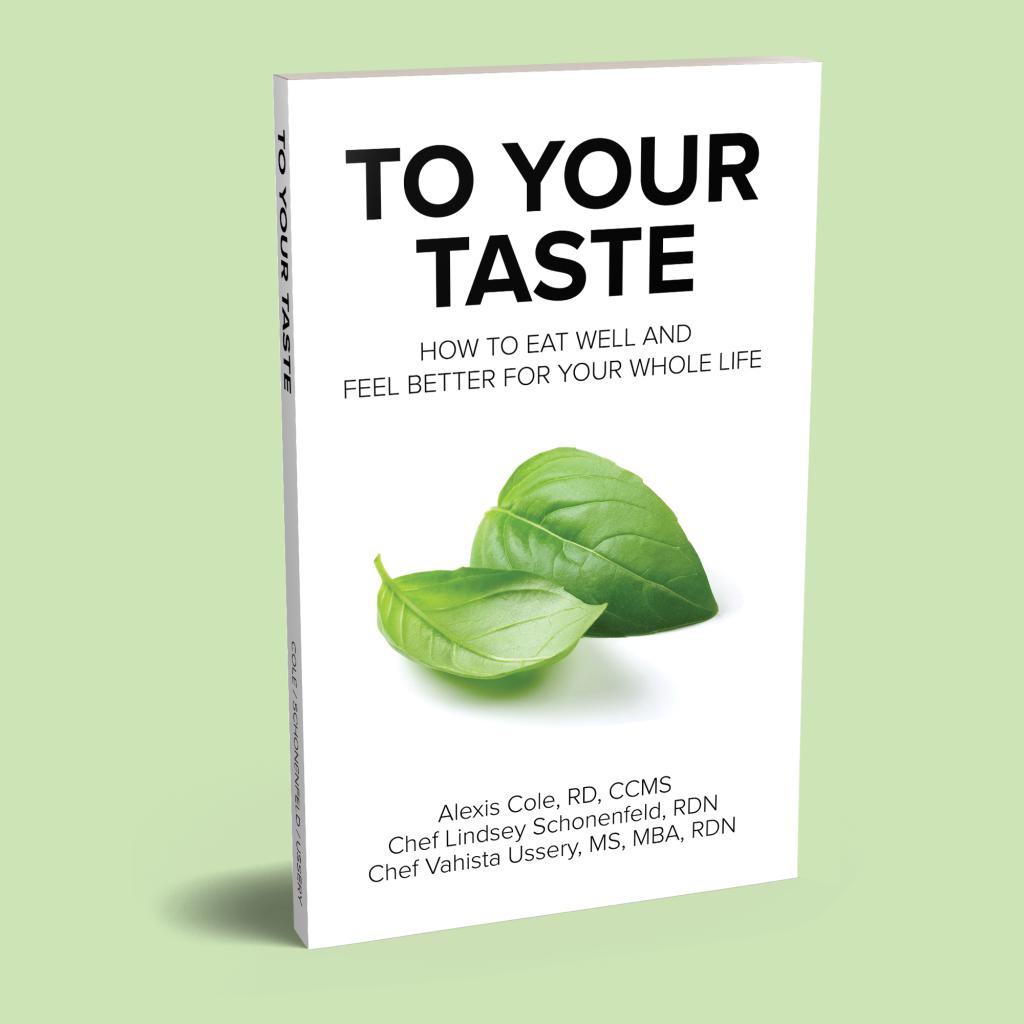







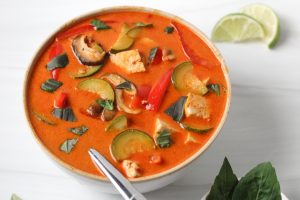
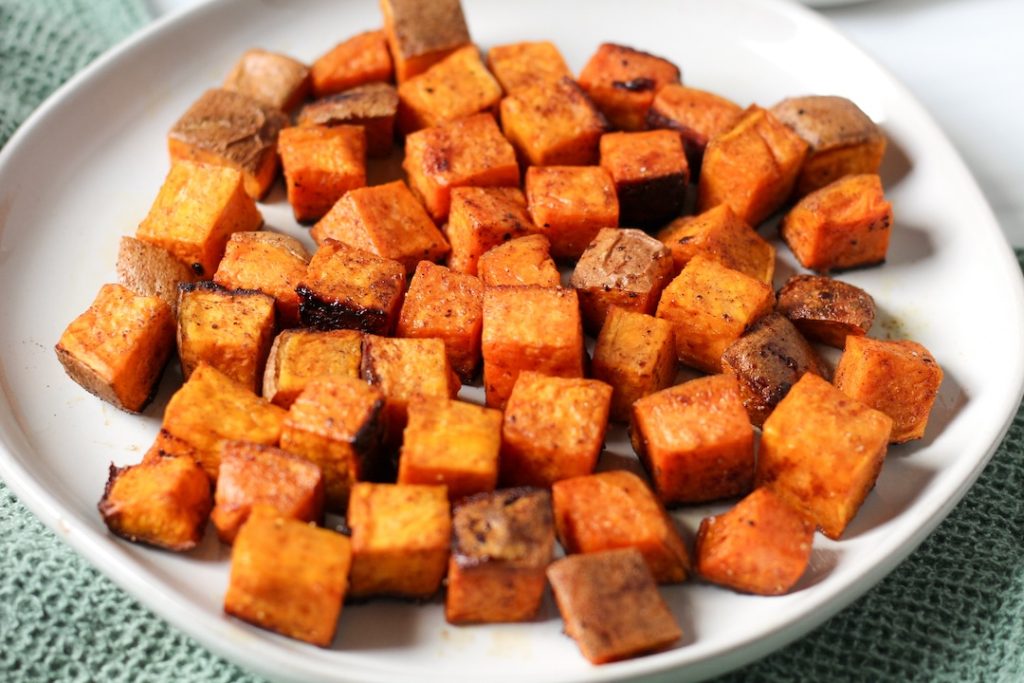


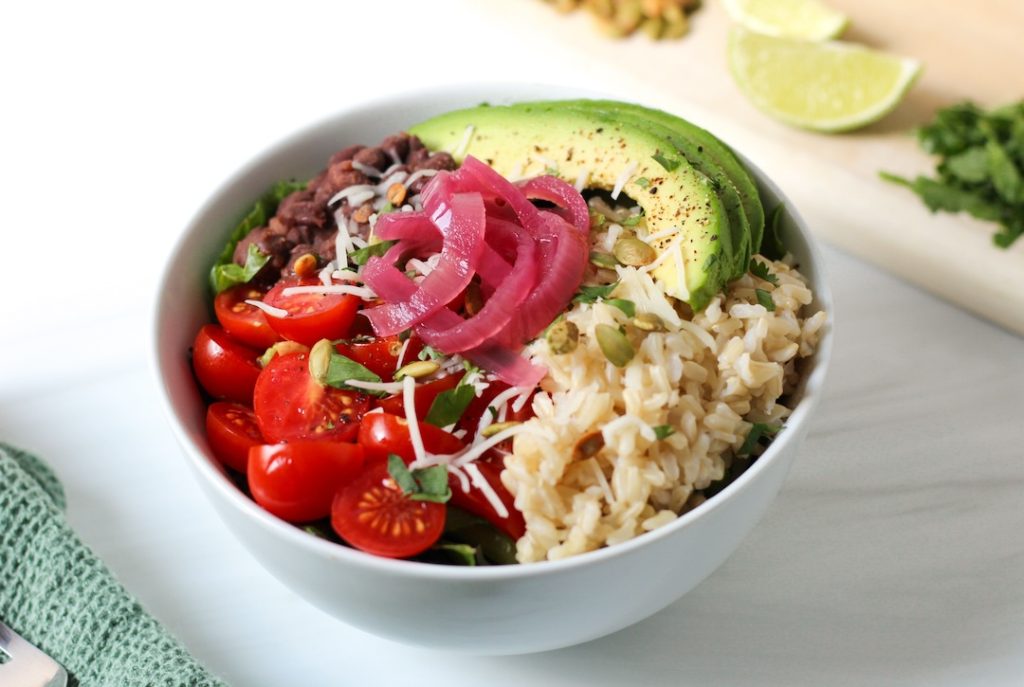

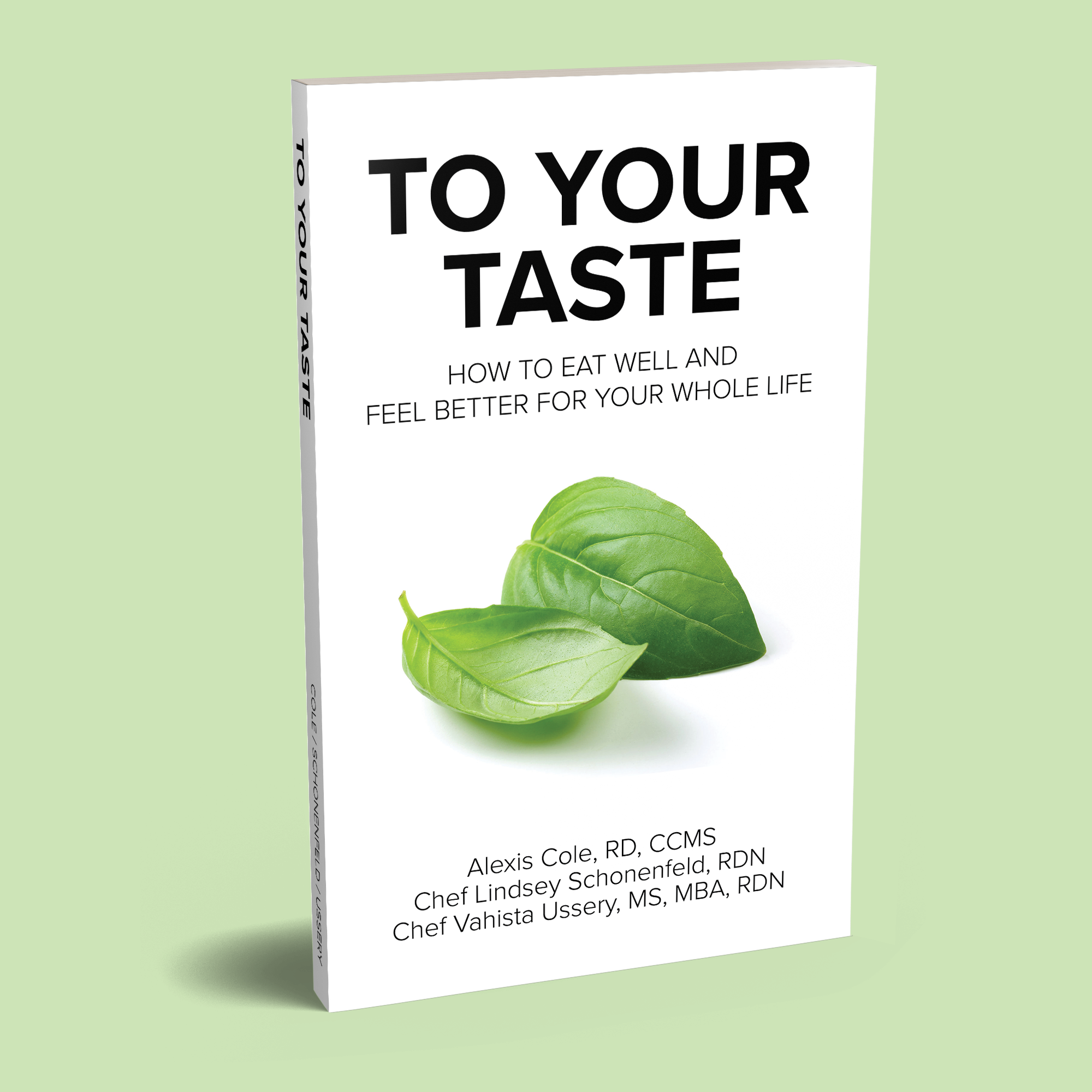
This Post Has 2 Comments
This is how I’ve been making scrambled eggs for years. I’m glad to see that it’s chef- and dietitian-approved!
Ha ha! Yes approved. Alton Brown uses a similar technique – that’s where we first learned hot and quick!